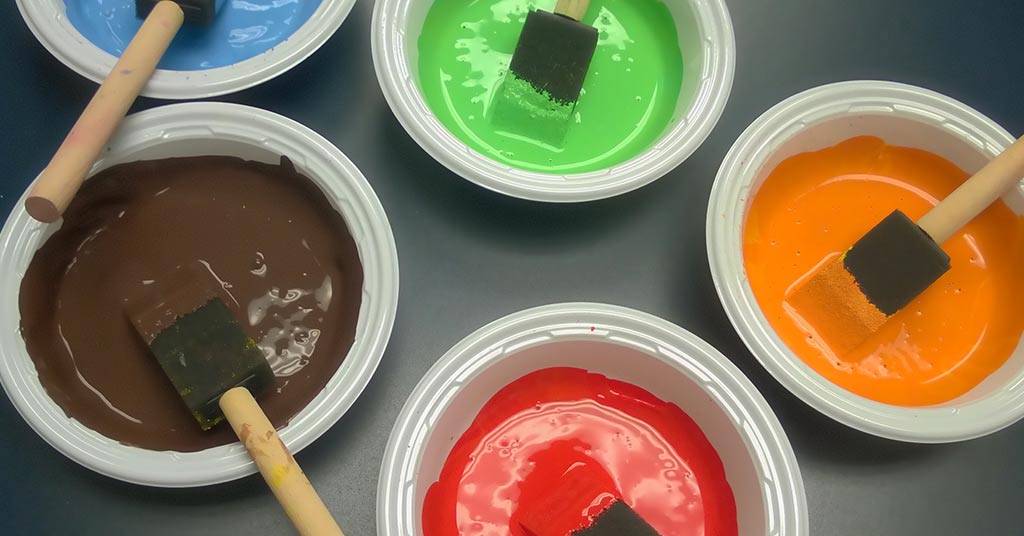Acrylic Acid and Esters: Unlocking the Potential of Versatile Monomers in Polymer Performance
- 25-Jul-2023 12:39 PM
- Journalist: Jacob Kutchner
North America: One of the most adaptable monomers for giving performance attributes to a variety of polymers is Acrylic Acid and its derivative esters. While most Acrylic Acid is used to make acrylate esters, a sizeable amount is upgraded (purified) into glacial Acrylic Acid, which is then used to make Polyacrylic Acid or copolymers, which are used to make super absorbent polymers (for disposable diapers), detergent co-builders, dispersants, flocculants, and thickeners. Since there is now little threat of substitution from alternative polymers, these end uses are allowing Acrylic Acid to flourish. Another significant application for Polyacrylic Acid is in detergents, where it can be used to replace Phosphates in building materials or to compete with Sodium Carboxymethylcellulose as a soil anti-redeposition agent.
GDP growth, particularly in the building and automotive industries, has a significant impact on the demand for Acrylic Acid converted into acrylate esters. In comparison to super absorbent polymer and other acrylate esters, Butyl Acrylate is anticipated to experience faster demand growth rates. The most adaptable Acrylate, Butyl Acrylate is mostly utilized in coating applications and provides a soft and flexible film on finished goods. The second most common uses of Butyl Acrylate are in adhesives and resin modifiers. Water-based paints are increasingly preferred over solvent-based paints because of the restriction on VOC emissions in industrialized nations. This has made it possible for the consumption of acrylates to rise, especially Butyl and 2-Ethylhexyl Acrylates.
While capacity expansion is still going on, it is mostly focused on export markets including Central Europe, Eastern Europe, the Middle East, and Africa. The very spongy polymers industry has arrived at development in Western Europe, North America. To accommodate domestic demand, developing nations including Brazil, the Middle East, China, and Indonesia have increased their production of highly absorbent polymers.
In 2022, 7.0 million tons of Acrylic Acid are expected to be consumed globally, an increase of roughly 3% from 2021. North-East Asia - China is the region that is responsible for most of the growth in Acrylic Acid. Global short-term demand growth is anticipated to be around 3% until 2025, supported by expansion in the Asia Pacific. Due to cheaper feedstock prices, the Asia Pacific area is also anticipated to have an emphasis in terms of short-term capacity increase. Following statements by businesses including Zhejiang Satellite, Huayi Group in China, Bharat Petroleum in India, and Nippon Shokubai in Indonesia, Acrylic Acid production capacity is anticipated to reach around 10 million tons annually by 2025.


